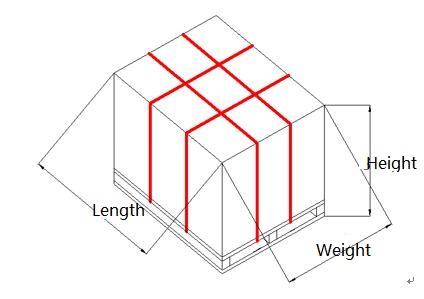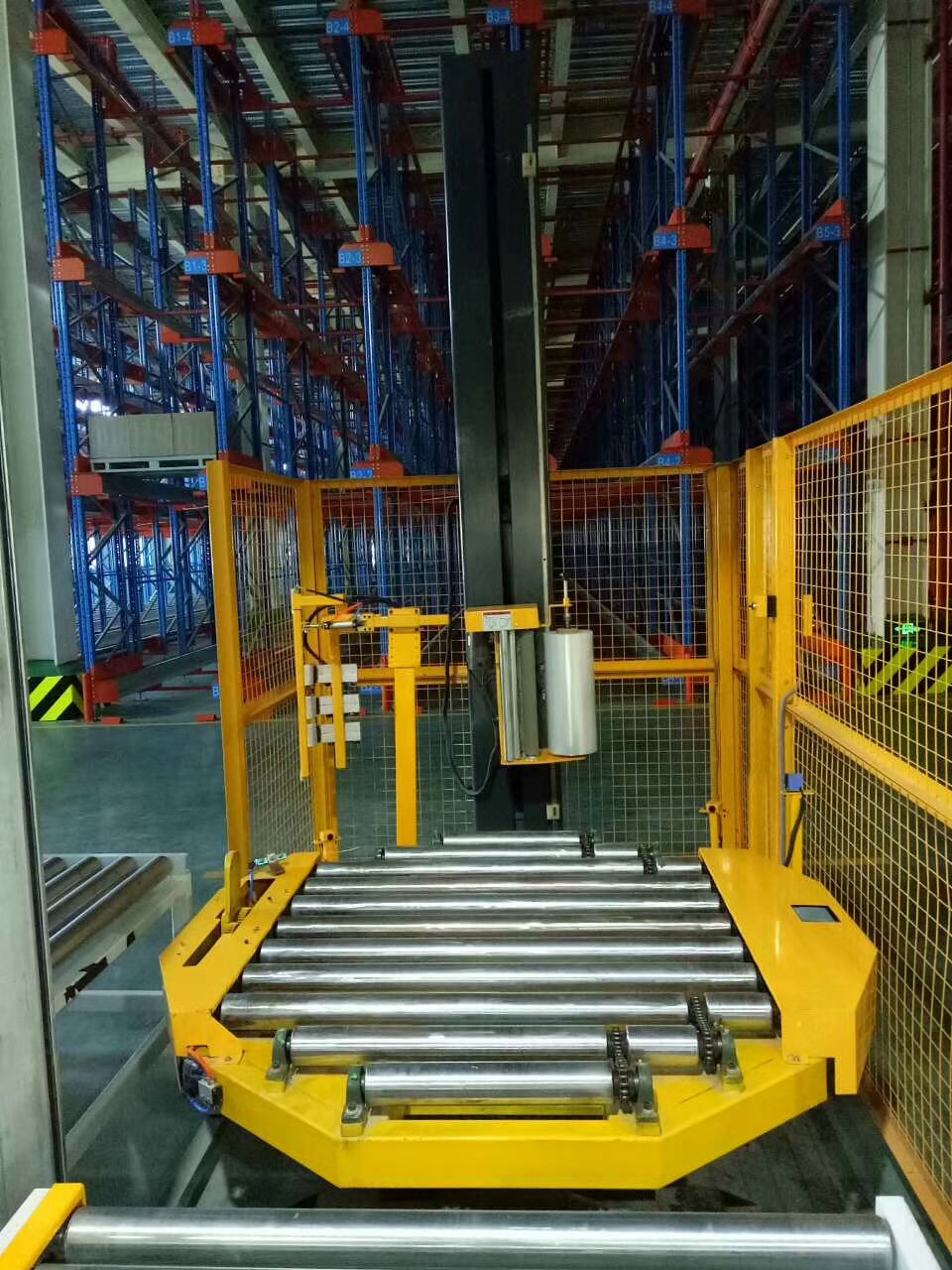Understanding Automatic Pre-Stretch Wrapping Machines for Enhanced Load Security
Stretch wrapping is a fundamental process in modern manufacturing and logistics, ensuring palletized goods are secure, stable, and protected during transit and storage. While manual wrapping is an option, automatic stretch wrapping machines offer significant advantages in efficiency, consistency, and material savings, especially those equipped with pre-stretch capabilities. Understanding how these machines operate and their benefits can help fabrication shops optimize their end-of-line packaging processes.

The Core Technology: Film Pre-Stretching
The defining feature of these advanced wrappers is the pre-stretch mechanism. Unlike simpler machines that rely solely on the tension applied during wrapping, a pre-stretch system elongates the stretch film before it reaches the load. This is typically achieved using two rollers in the film carriage rotating at different speeds.
- How it Works: The first roller (speed V1) feeds the film towards the second roller (speed V2), which rotates faster (V2 > V1). This differential speed stretches the film between the rollers.
- Benefits:
- Film Economy: Pre-stretching can increase the film's yield significantly, often by 150% to 300% or more, depending on the film quality and machine settings. This drastically reduces the amount of film consumed per pallet, leading to substantial cost savings.
- Improved Load Containment: Stretched film offers greater tensile strength and memory, resulting in a tighter, more secure wrap that better stabilizes the load.
- Consistent Wrap Force: The machine controls the stretch level, ensuring consistent application force around the entire pallet, unlike manual wrapping where force can vary.
Key Components and Operational Features
Automatic pre-stretch wrapping machines integrate several systems to provide reliable and efficient operation:
- Control System: Modern machines utilize Programmable Logic Controllers (PLCs) for precise control over the wrapping process. Operators can typically adjust parameters such as:
- Turntable or Rotary Arm Speed
- Film Carriage Ascent/Descent Speed
- Number of Top and Bottom Wraps
- Film Tension Settings
- Pre-Stretch Percentage
- Pallet Height Detection (often using photo-eye sensors)
- Precise phase stopping at the end of the wrap cycle ensures the pallet finishes in the correct orientation for pickup.
- Film Carriage System: This assembly houses the film roll and the pre-stretch rollers. It moves vertically along a mast to cover the entire height of the pallet load. Advanced systems offer features like powered pre-stretching and electronic tension control.
- Wrapping Mechanism:
- Turntable: The most common type, where the pallet load rotates on a platform while the film carriage moves up and down. Suitable for stable loads within certain weight/size limits.
- Rotary Arm: For very heavy, light, or unstable loads, the pallet remains stationary while a rotating arm carries the film carriage around it.
- Safety Features: Essential components include safety fencing, light curtains, emergency stop buttons, and anti-fall devices for the film carriage to protect operators.

stretch wrapp machine
Advantages for Fabricators and Manufacturers
Investing in an automatic pre-stretch wrapper brings tangible benefits:
- Increased Throughput: Automating the wrapping process significantly speeds up end-of-line packaging compared to manual methods.
- Reduced Material Costs: The film savings generated by pre-stretching directly impact the bottom line.
- Consistent Load Security: Eliminates variability inherent in manual wrapping, ensuring every pallet is wrapped to specification for optimal stability.
- Improved Product Protection: A tight, consistent wrap shields products from dust, moisture, and shifting during handling and shipping.
- Lower Labor Costs: Frees up personnel previously assigned to manual wrapping for other value-added tasks.
- Enhanced Ergonomics and Safety: Reduces the physical strain and potential injuries associated with manual wrapping.
Selecting the Right Machine
Choosing the appropriate automatic pre-stretch wrapper depends on several factors:
- Load Type: Consider the size, weight, stability, and configuration of your typical pallet loads.
- Throughput Needs: Determine the number of pallets per hour or per shift that need wrapping.
- Film Requirements: Ensure compatibility with the type and gauge of stretch film you plan to use. (Learn more about LLDPE stretch film properties - Note: Example external link).
- Operating Environment: Factor in available floor space, power requirements, and any environmental conditions (e.g., cold storage).
- Level of Automation: Decide if a standalone machine is sufficient or if integration with conveyors and other automated systems is required.
Conclusion
Automatic pre-stretch wrapping machines represent a significant upgrade over manual or semi-automatic methods, offering superior load containment, substantial film cost savings, and increased operational efficiency. By understanding the core pre-stretch technology and considering key selection factors, fabrication and manufacturing facilities can implement effective wrapping solutions that protect their products and optimize their packaging workflow. Exploring different models can provide further insights into available features. You can investigate specific Automatic pre-stretching wrapping machine capabilities to find the best fit for your application.